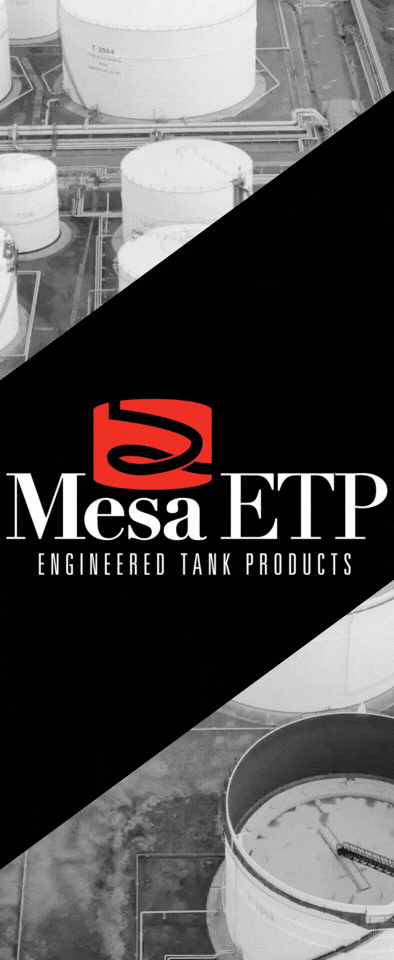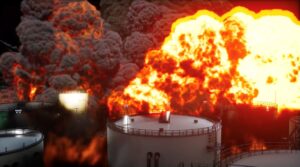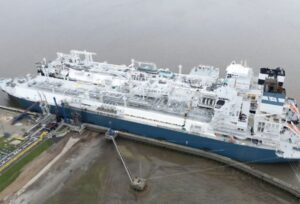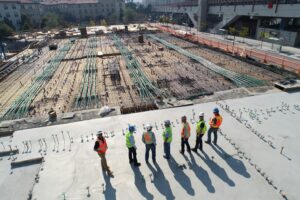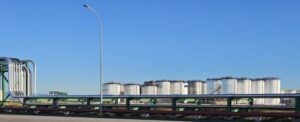The experts at LUSAS Consultancy Services explain how base-isolation can protect the structure of LNG tanks in tectonically active regions Panama and Central America are tectonically active regions, and LNG tanks represent critical structures with strict design requirements under accidental and earthquake conditions. In this case, base-isolation systems have become a cost-effective solution for increasing seismic demands in the design of large storage tanks. LUSAS Consultancy Services has extensive experience in carrying out a wide range of analyses for large LNG storage tanks. Over the years, the team’s specialist engineers have assisted numerous companies, including Korea Gas Technology Corporation (KOGAS-Tech), […]
This post is only available to members. Please login below, or purchase Tank Storage Magazine Subscription – Print & Digital Subscription or Tank Storage Magazine Subscription – Digital Subscription to access this post.
log in
log in

